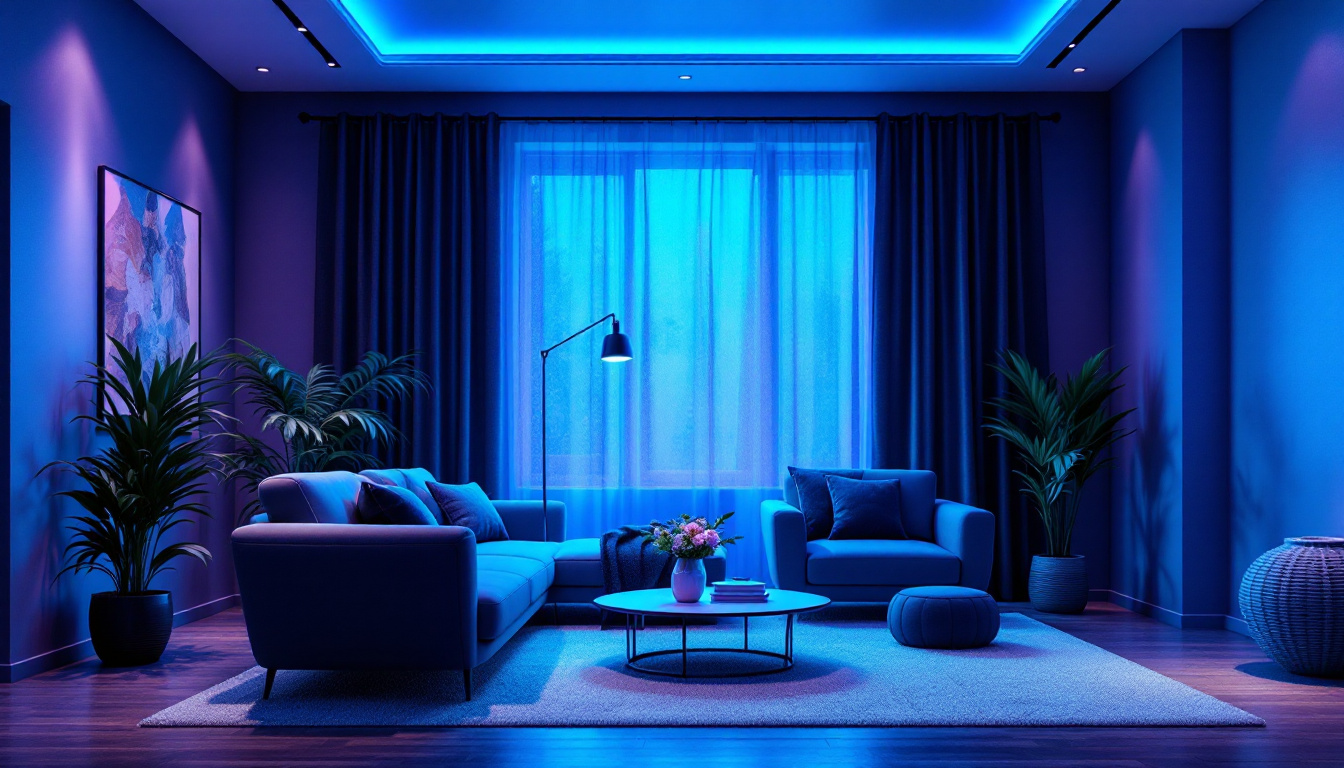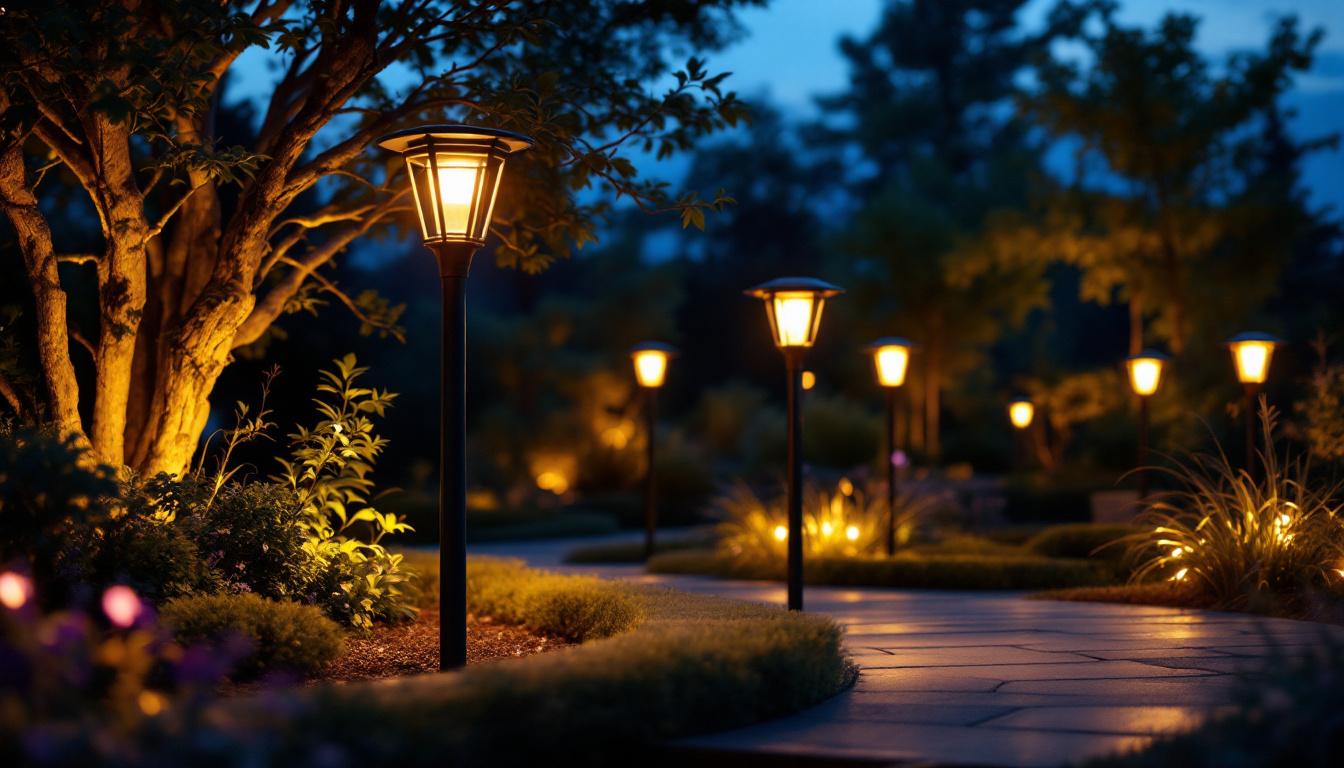
Light motion sensors have revolutionized the way lighting systems operate, providing both energy efficiency and enhanced security. These devices detect movement and automatically activate lighting, ensuring that areas are illuminated only when necessary. For lighting contractors, understanding the intricacies of these sensors is crucial for effective installation and maintenance.
At their core, light motion sensors utilize various technologies such as passive infrared (PIR), ultrasonic, and dual-technology sensors. Each type has its unique advantages and applications, making it essential for contractors to be well-versed in their functionalities.
There are several types of light motion sensors available on the market, each designed to cater to different environments and needs. Passive infrared sensors, for example, detect changes in heat emitted by moving objects, making them ideal for indoor applications. Ultrasonic sensors, on the other hand, emit sound waves and measure their reflection, allowing them to detect motion even in areas with obstacles.
Dual-technology sensors combine both PIR and ultrasonic technologies, offering a more reliable solution by minimizing false triggers. Understanding these distinctions is vital for contractors to recommend the best solutions to their clients. Additionally, some advanced models come equipped with adjustable sensitivity settings and timers, enabling users to customize their performance based on specific requirements. This flexibility can be particularly beneficial in environments where foot traffic varies significantly throughout the day.
The benefits of integrating light motion sensors into lighting systems are numerous. Firstly, they significantly reduce energy consumption by ensuring that lights are only on when needed. This not only lowers electricity bills but also contributes to environmental sustainability.
Moreover, light motion sensors enhance security by illuminating areas when movement is detected, deterring potential intruders. This feature is particularly valuable for outdoor applications, such as parking lots and building entrances, where safety is a priority. In addition to these practical benefits, the use of light motion sensors can also improve the overall user experience. For instance, in residential settings, homeowners can enjoy the convenience of hands-free lighting when entering a room or navigating dark hallways, creating a more inviting atmosphere. Furthermore, the integration of smart technology with motion sensors allows for remote monitoring and control, enabling users to manage their lighting systems from anywhere, thus adding another layer of convenience and security to modern living spaces.
Training your team on the effective use and installation of light motion sensors is essential for maximizing their potential. A well-informed team can provide better service to clients, ensuring that lighting systems are both efficient and effective.
The training process should encompass both theoretical knowledge and practical skills. This dual approach will equip your team with the necessary tools to tackle various installation scenarios and troubleshoot common issues.
A comprehensive training program should begin with an overview of light motion sensor technology. This includes understanding the different types of sensors, their applications, and the benefits they offer. Providing your team with foundational knowledge will enable them to make informed decisions during installations.
Following the theoretical component, hands-on training is crucial. This could involve mock installations where team members can practice mounting sensors, configuring settings, and testing functionality. Such practical experience will build confidence and competence within your team. Furthermore, incorporating real-world case studies into the training can help illustrate the practical implications of sensor technology, showcasing how proper installation can lead to energy savings and enhanced security in various environments.
To enhance the training experience, consider utilizing various resources and tools. Manufacturer manuals, online tutorials, and instructional videos can provide valuable insights into specific sensor models. Additionally, hosting workshops with industry experts can offer your team the opportunity to learn from seasoned professionals.
Encouraging team members to engage with these resources will foster a culture of continuous learning and improvement. This is particularly important in a field that is constantly evolving with new technologies and innovations. Beyond just technical knowledge, it is also beneficial to discuss the importance of customer service and communication skills, as these are crucial when interacting with clients. Role-playing scenarios can be an effective way to prepare your team for real-life interactions, helping them to articulate the advantages of light motion sensors and address any client concerns effectively.
Proper installation of light motion sensors is critical to their performance. Following best practices not only ensures optimal functionality but also enhances the longevity of the devices.
One of the primary considerations during installation is the placement of the sensors. They should be positioned where they can effectively detect movement without obstruction. Additionally, factors such as the angle of detection and range should be taken into account to maximize coverage. For example, placing sensors in corners can often provide a broader field of view, allowing for better detection of movement across larger areas. It’s also advisable to avoid placing sensors near heat sources or areas with frequent movement from pets, as these can lead to false alarms and unnecessary activations.
Another important aspect of installation is the adjustment of sensitivity and timing settings. Each installation environment is unique, and these settings should be tailored to suit specific needs. For instance, in high-traffic areas, a higher sensitivity setting may be appropriate, while quieter locations may require lower sensitivity to avoid false triggers. Furthermore, understanding the local climate can influence these settings; for example, in areas prone to heavy rain or snow, moisture can affect sensor performance, necessitating adjustments to sensitivity levels.
Timing settings also play a crucial role. Contractors should educate their teams on how to adjust the duration that lights remain on after detecting motion. This ensures that lights do not turn off too quickly, causing inconvenience, while also preventing unnecessary energy consumption. Additionally, it may be beneficial to implement a gradual dimming feature, where lights slowly decrease in brightness before turning off completely. This not only enhances user experience but also prolongs the lifespan of the bulbs by reducing sudden changes in power.
Once the installation is complete, thorough testing is essential. This involves checking the sensor’s responsiveness to movement, ensuring that lights activate as intended. If issues arise, troubleshooting should be systematic, starting with the sensor’s power source and connections. It’s also wise to test the sensors at different times of day to account for varying light conditions, as some sensors may react differently when ambient light levels change.
Encouraging team members to document their testing process can be beneficial for future reference. This practice not only aids in identifying recurring issues but also helps in refining installation techniques over time. Additionally, keeping a log of any adjustments made during the testing phase can serve as a valuable resource for future installations, allowing teams to build on their experiences and improve overall efficiency. Regular follow-ups and maintenance checks can also ensure that the sensors continue to perform optimally, adapting to any changes in the environment or usage patterns over time.
Regular maintenance of light motion sensors is vital for ensuring their continued performance. Educating your team about maintenance protocols will empower them to provide ongoing support to clients.
Maintenance tasks may include cleaning the sensors to remove dust and debris that could obstruct their functionality. Additionally, periodic checks of the wiring and connections can help identify potential issues before they escalate.
In addition to maintaining the sensors, providing clients with support is crucial. This can involve offering guidance on how to operate the sensors effectively, including adjusting settings based on their specific needs. Providing a user manual or conducting a brief training session can enhance client satisfaction and reduce the likelihood of service calls.
Moreover, establishing a follow-up routine can help contractors stay connected with clients, ensuring that any issues are addressed promptly. This proactive approach not only builds trust but also encourages repeat business and referrals.
The lighting industry is constantly evolving, with new technologies and trends emerging regularly. It is essential for lighting contractors to stay informed about these changes to remain competitive and provide the best solutions to clients.
Encouraging team members to attend industry conferences, trade shows, and webinars can facilitate knowledge sharing and networking opportunities. Staying updated on the latest advancements in light motion sensor technology will enable contractors to offer cutting-edge solutions to their clients.
One of the most significant trends in the lighting industry is the integration of smart technology. Smart light motion sensors can be connected to home automation systems, allowing for remote control and monitoring. Training your team on these advanced systems will position your company as a leader in the market.
Understanding how to integrate smart sensors with other devices, such as security cameras and alarms, can enhance the overall security and convenience for clients. This knowledge will also open up new business opportunities, as more consumers seek smart solutions for their homes and businesses.
Training your team in the effective use and installation of light motion sensors is a critical investment for any lighting contractor. By providing comprehensive training, emphasizing best practices, and staying updated with industry trends, contractors can enhance their service offerings and improve client satisfaction.
As the demand for energy-efficient and smart lighting solutions continues to grow, equipping your team with the necessary knowledge and skills will ensure that your business remains competitive in a rapidly changing landscape. Ultimately, a well-trained team can lead to successful installations, satisfied clients, and a thriving business.
Ready to elevate your lighting projects with the most efficient light motion sensors on the market? Look no further than LumenWholesale, where we provide contractors with superior, spec-grade lighting products at unbeatable wholesale prices. Say goodbye to local distributor markups and hello to a vast selection of reliable, high-performance lighting that meets the highest industry standards. Plus, with free shipping on bulk orders, you can stock up on premium lighting without any hidden fees or compromises. Don’t miss out on the perfect combination of quality, affordability, and convenience. Visit LumenWholesale now for Wholesale Lighting at the Best Value and start transforming your lighting installations today!

Discover the essentials of wall mount outdoor solar lights with our comprehensive guide tailored for lighting contractors.

Discover how UV lamp technology is revolutionizing lighting installations by enhancing efficiency and profitability.

Discover how lighting contractors can excel in the sustainable world of outdoor solar lamps.

Discover the ultimate guide to T8 LED light replacements tailored for lighting contractors.